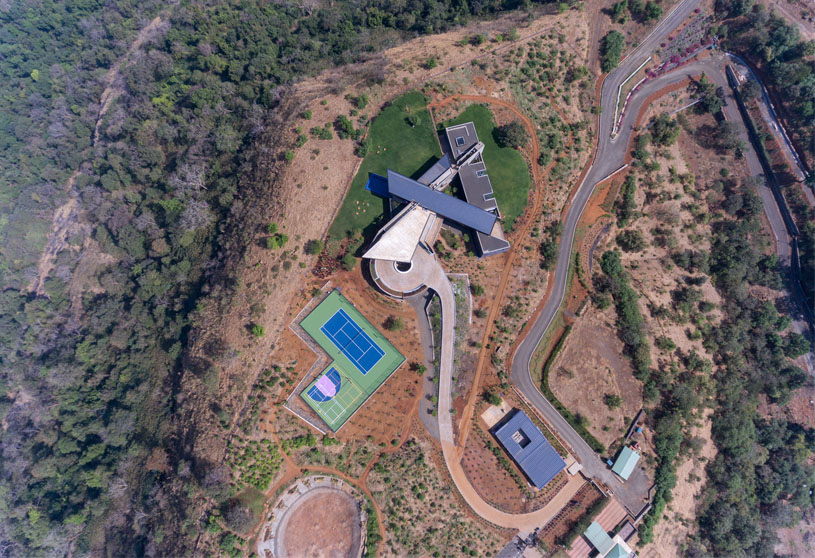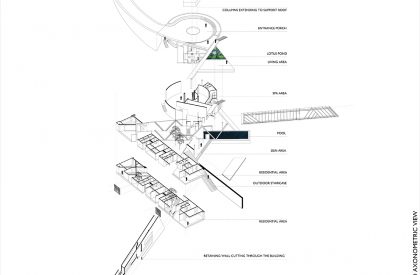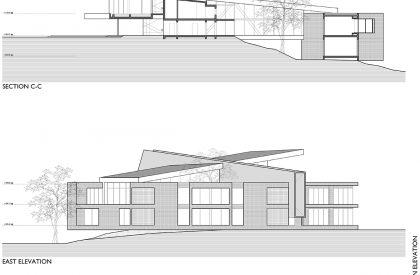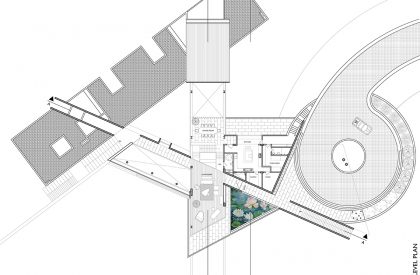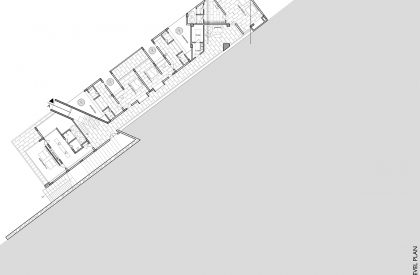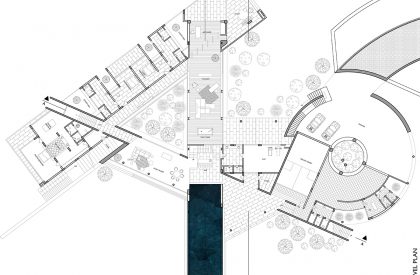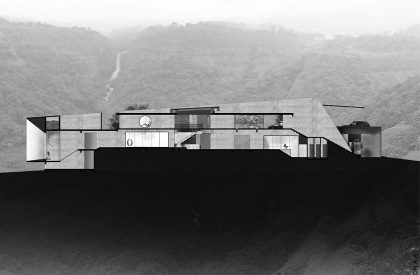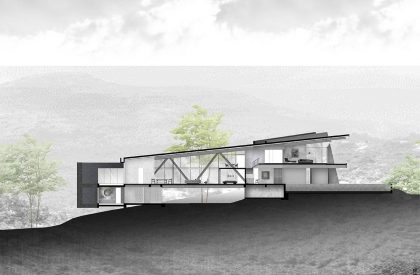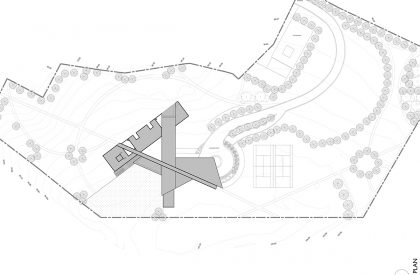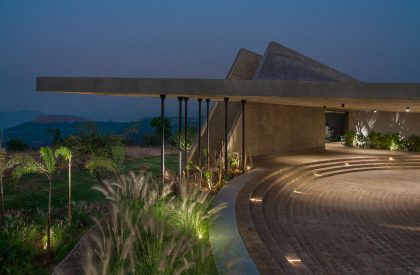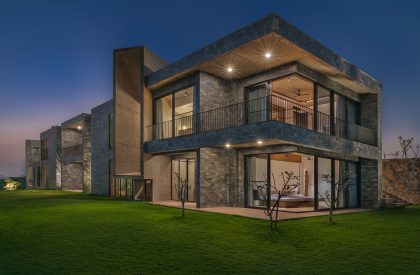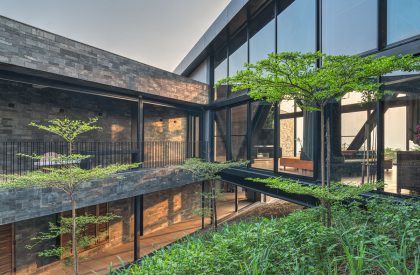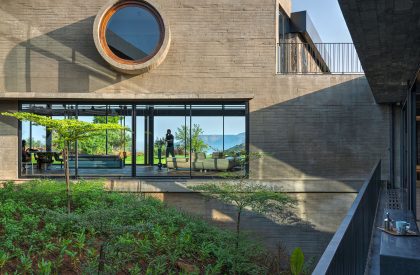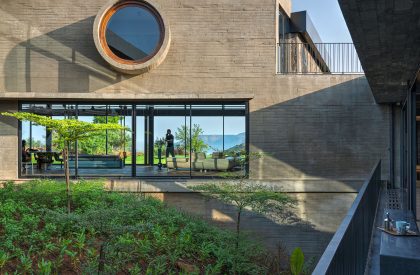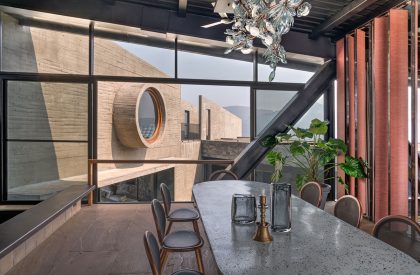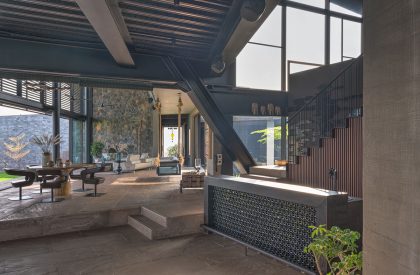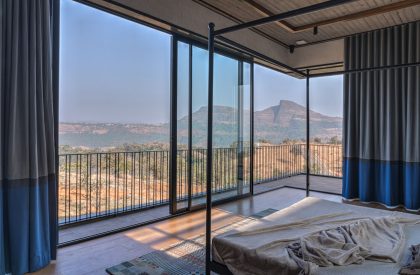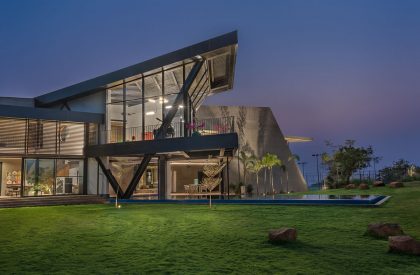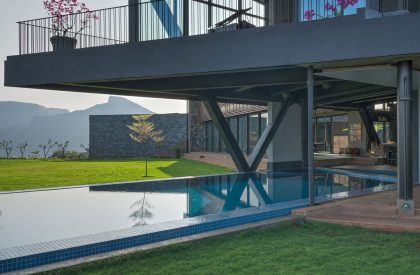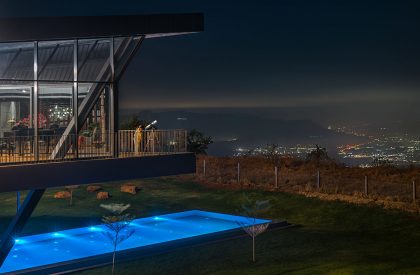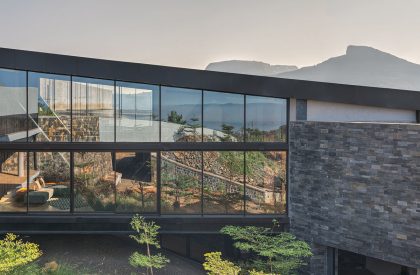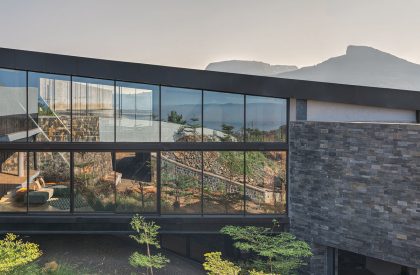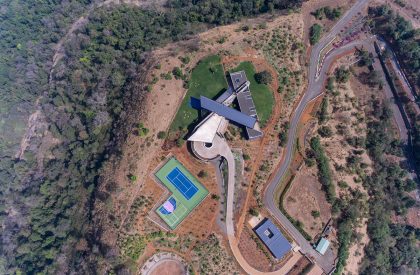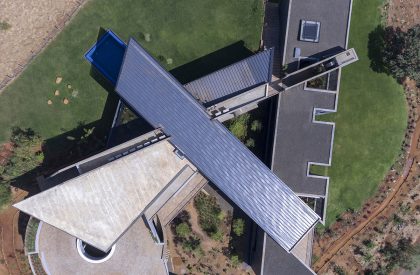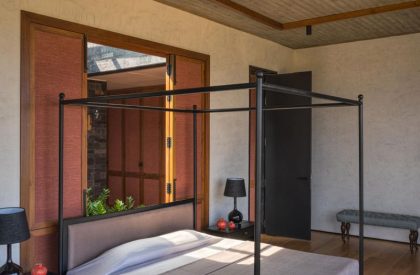Excerpt: Airavat is a residence designed by the architectural firms Lyth Design and reD Architects on the outskirts of bustling Mumbai, in the quiet of the Sahyadri hills. The capturing and framing of the picturesque landscapes were the primary inspiration behind Design. The disruptive architecture creates spaces of varying scales, from monumental to cozy. At the same time, it integrates into the home and the nature surrounding it. The arrival is planned at the highest level under a large canopy that appears like a wing framing the first glimpse of this home in the Clouds.
Project Description
[Text as submitted by architect] The site is located on the outskirts of bustling Mumbai, in the quiet of the Sahyadri hills. The sweeping views of the Western Ghats in almost any direction highlight this simple parcel of land. The capturing and framing of these picturesque landscapes were the primary inspiration behind the Design. The disruptive architecture creates spaces of varying scales, from monumental to cozy. At the same time, it integrates into the home and the nature surrounding it. The arrival is planned at the highest level under a large canopy that appears like a wing framing the first glimpse of this home in the Clouds. The floating lotus pond at the entrance, often engulfed in mist, offers a breath of fresh air after the long drive out from Mumbai.

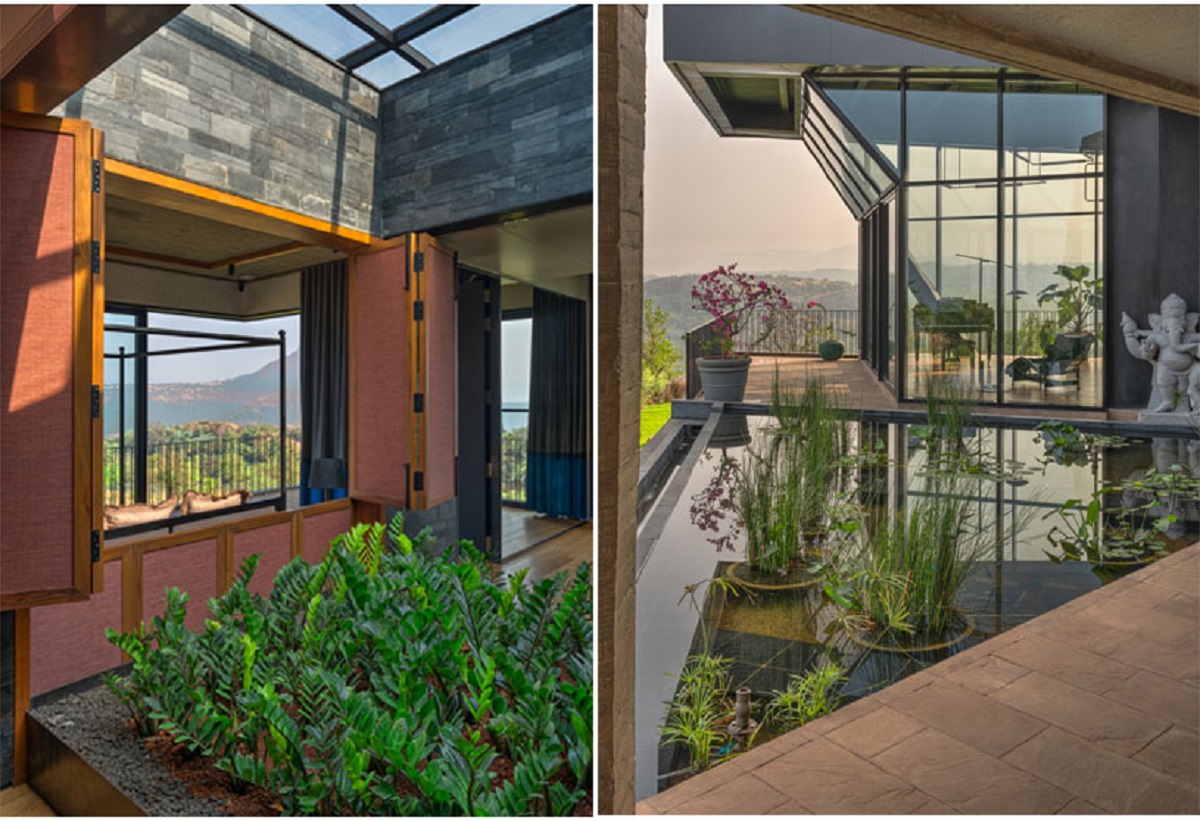
The structure is a simple intersection between concrete and metal. The resulting interstitial spaces translate into courtyards of various scales that may be habitable or form vantage points. Two parallel concrete walls act as the main axes cutting across the house and seamlessly connecting the three intersecting blocks serving the respective public, private, and recreation functions. Materials have been strategically planned for the various blocks – glass and steel for the public spaces and slate stone for the private spaces, both of which get anchored into the concrete spine. All the load-bearing walls have been built using stones found on-site during excavation. The high ceilings, large corridors, and windows planned across each other keep the house cool and ventilated with air that continuously funnels through.
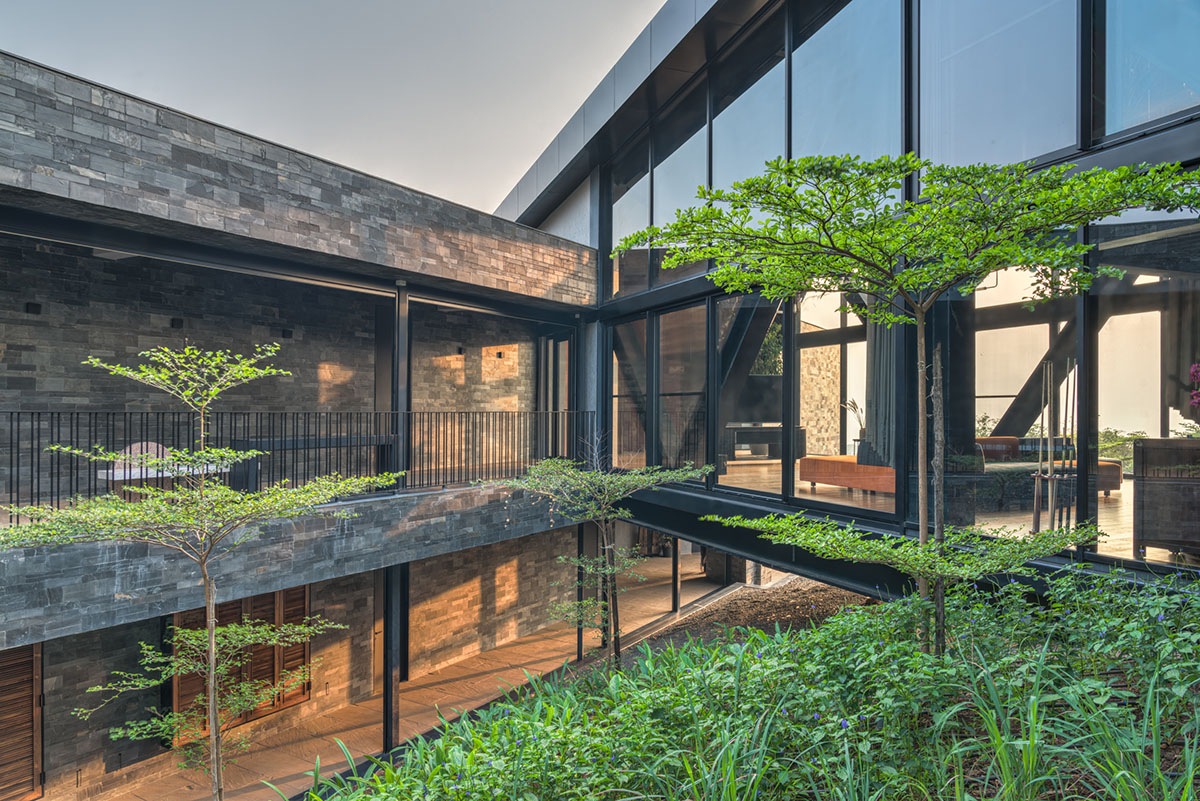
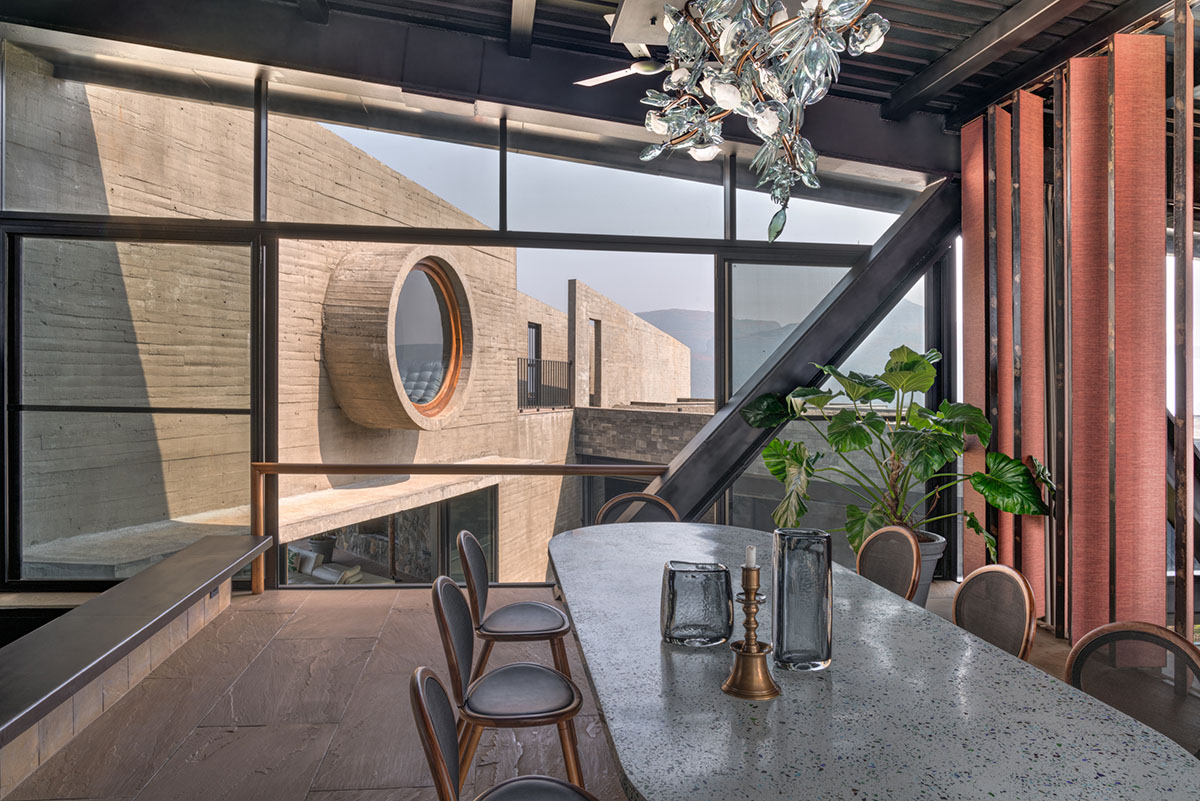
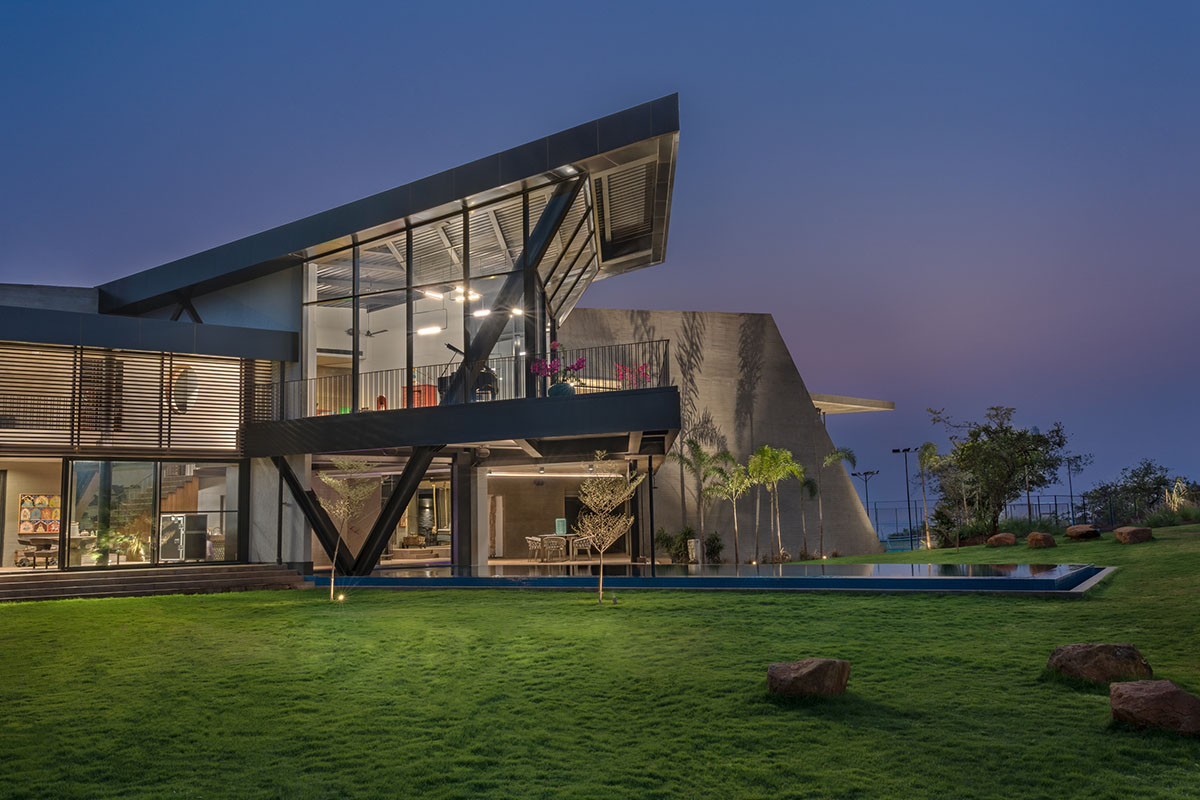
Large sliding windows manage to bring the outside in, seamlessly integrating the natural landscape with the house. Large overhangs, verandahs, and the partially covered swimming pool make spaces usable despite the region’s extreme weather conditions. The rubric of the various levels of the house is derived from the land’s natural terracing. The suspended metal block and the cantilevered southern tip allow for the natural terrain to flow under it uninterrupted.

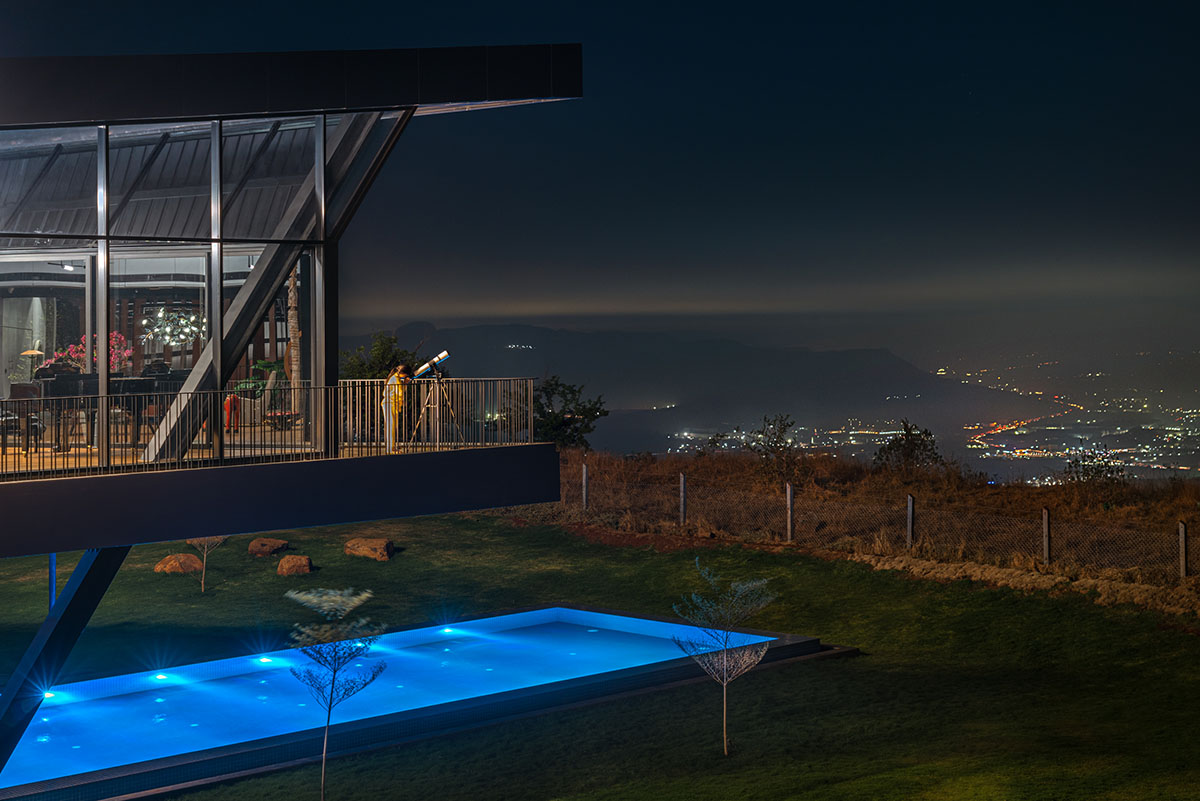
The success of the architecture lies in the fact that every corner you turn, the drama of the house, and the view that it captures changes and moves along with you. The structure is an ode to the beauty of the surrounding mountains.
